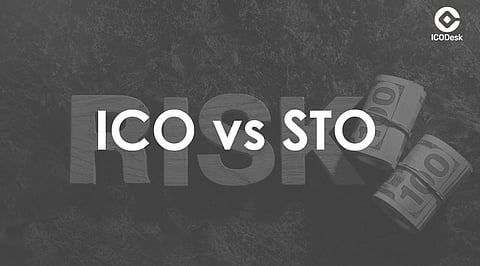

The world of cryptocurrency and blockchain technology has introduced innovative fundraising methods, with Initial Coin Offerings (ICOs) and Security Token Offerings (STOs) being two prominent examples. While both methods allow projects to raise capital by issuing tokens, they differ significantly in their regulatory frameworks, investor protections, and associated risks. Understanding ICO vs STO is crucial for investors and project developers alike.
An Initial Coin Offering (ICO) is a fundraising method where a blockchain project sells its own cryptocurrency tokens to investors in exchange for established cryptocurrencies like Bitcoin or Ethereum, or sometimes fiat currency. ICOs became popular in 2017 and 2018 due to their potential for high returns and relatively low entry barriers.
A Security Token Offering (STO) is a regulated fundraising method where tokens issued represent ownership in an underlying asset, such as shares in a company or real estate. These tokens are considered securities and are subject to federal securities laws.
Both ICOs and STOs have their own set of advantages and risks. ICOs offer quick and accessible fundraising opportunities but come with significant regulatory and fraud risks. On the other hand, STOs provide a more secure and regulated investment environment but are more complex and costly to launch. Investors and project developers must carefully consider these factors when choosing the appropriate fundraising method.